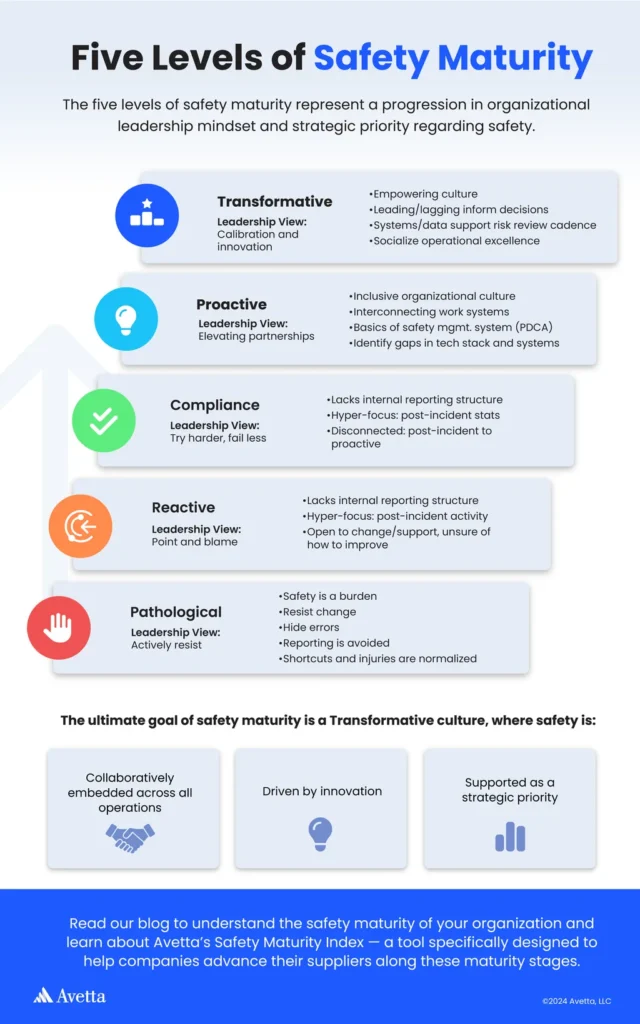In the ever-evolving landscape of construction safety, a groundbreaking study led by Hamidreza Golabchi from the University of Alberta’s Department of Civil & Environmental Engineering is set to redefine how construction firms approach safety management. Published in the *Journal of Safety and Sustainability* (translated as *Journal of Safety and Sustainability*), this research introduces a novel Safety Maturity Framework (SMF) designed to shift the industry from reactive to proactive safety practices, a critical advancement for sectors like energy where safety is paramount.
Traditionally, construction safety has relied heavily on lagging indicators—metrics that measure past incidents, such as injury rates or accident reports. While these indicators are useful for identifying what went wrong, they do little to prevent future incidents. Golabchi’s research highlights the importance of leading indicators, which focus on anticipating risks before they materialize. “Leading indicators are about looking forward, not backward,” Golabchi explains. “They help organizations identify potential hazards and address them before they escalate into serious incidents.”
The SMF developed by Golabchi and his team provides a structured, five-stage model that guides construction organizations through progressive levels of safety maturity. Starting from basic compliance, the framework moves through stages that emphasize risk assessment, proactive hazard identification, and continuous improvement. Each stage integrates leading indicators as operational benchmarks, ensuring that safety practices are not only culturally embedded but also measurable and actionable.
The research methodology was rigorous, combining a systematic literature review with semi-structured interviews with safety professionals. The findings revealed that leadership commitment, organizational learning, and workforce engagement are critical factors in successfully integrating leading indicators into daily operations. “Leadership plays a pivotal role in fostering a safety culture,” Golabchi notes. “When leaders prioritize safety, it trickles down to every level of the organization, creating a culture of proactive risk management.”
For the energy sector, where construction projects often involve high-risk environments, the implications of this research are significant. By adopting the SMF, energy companies can enhance their safety performance, reduce operational downtime, and improve overall sustainability. The framework not only helps in anticipating risks but also in building a culture where safety is a shared responsibility, not just a regulatory requirement.
The SMF is more than just a theoretical model; it’s a practical tool that construction firms can use to transition from reactive safety measures to a proactive safety culture. “This framework provides actionable guidance for industry professionals,” Golabchi states. “It’s about moving beyond checking boxes to truly embedding safety into the DNA of an organization.”
As the construction industry continues to evolve, the integration of leading indicators and maturity models like the SMF will likely become standard practice. This research not only contributes to the academic understanding of safety management but also offers a clear path forward for companies looking to enhance their safety performance and sustainability. For the energy sector, this means safer work environments, reduced liability, and ultimately, a more resilient and efficient industry.
In a field where safety is non-negotiable, Golabchi’s research offers a beacon of innovation, guiding the industry toward a future where proactive safety management is the norm, not the exception.

